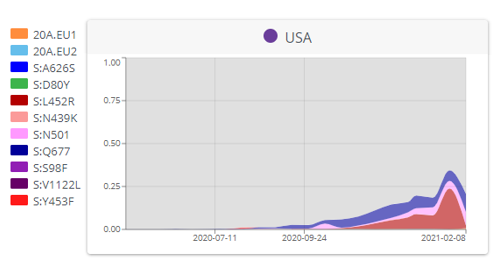
“I am precariously employed; I don’t have a long-term job. I feel a lot of pressure that this is my opportunity and I cannot waste that" says Hodcroft.
Fantastic article by @meredithwadman on how scientists are coping (or not) in this pandemic marathon.
sciencemag.org/careers/2021/0…
Fantastic article by @meredithwadman on how scientists are coping (or not) in this pandemic marathon.
sciencemag.org/careers/2021/0…
I know PIs whose valuable pandemic staff are quitting because *they just can't take it anymore.* I know academics who are counselling post-docs while juggling next-day demands from governments - & of course balancing a family & sometimes homeschooling kids.
It's not sustainable.
It's not sustainable.
You may have noticed I've been absent from Twitter a lot the past few weeks. It's the same phenomenon. I'm lucky: I have no staff or dependents. I'm gainfully employed. But I've spent more than a year feeling guilty *every waking moment* that _I'm not doing enough_.
The reassurances that may come fall on my deaf ears, I'm afraid. There is always more to be done, & I _could_ be doing it.
Unfortunately as much as I love doing sci-comm on Twitter, it also tends to trigger that feeling, so I'm trying to find balance.
Unfortunately as much as I love doing sci-comm on Twitter, it also tends to trigger that feeling, so I'm trying to find balance.
But more than that, we have to find a way forward. This isn't an adrenaline-fueled adventure anymore. This is long-term. Exhausting. But the work hasn't lessened, the expectations aren't lowered. So how are we going to ensure we have systems to keep people moving forward?
• • •
Missing some Tweet in this thread? You can try to
force a refresh













